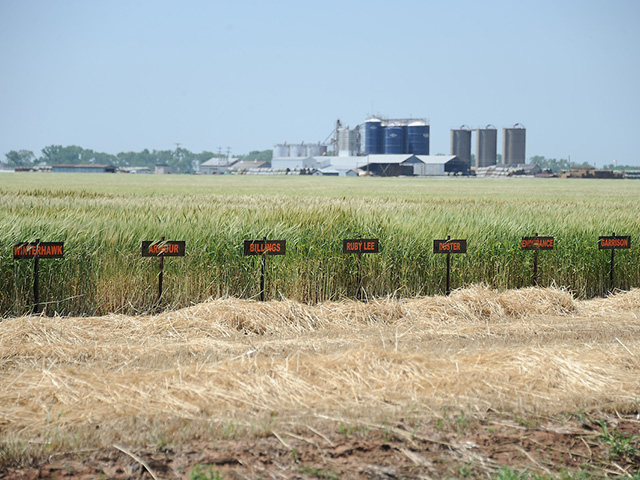Crops

Oklahoma Crop Variety Trials
The Oklahoma Crop Variety Trials website brings together the results of all of the crop variety testing done each year by the OSU Division of Agricultural Science and Natural Resources.
Program Details
The Oklahoma Crop Variety Trials website brings together the results of all of the crop variety testing done each year by the OSU Division of Agricultural Science and Natural Resources.
Program Details